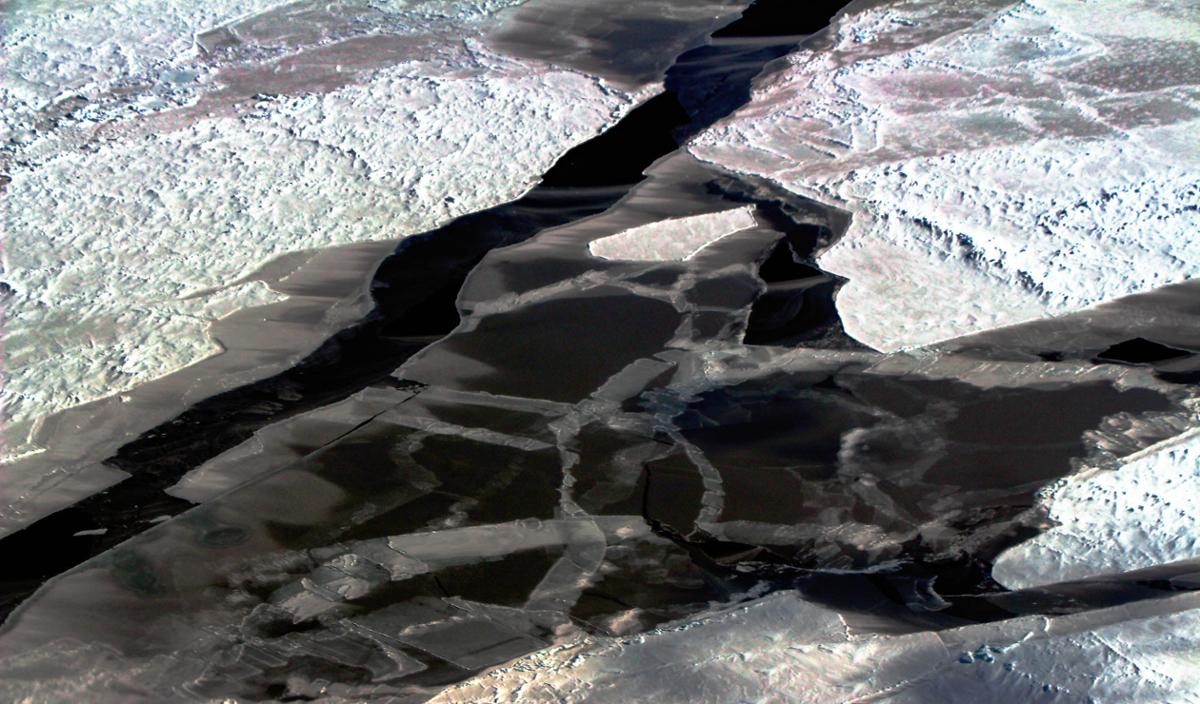The Weddell Sea lies off the coast of Antarctica, between the Antarctic Peninsula and the continent itself. Much of it is covered with ice. It is one of the most remote and treacherous portions of the world’s oceans. Its ecology is still poorly explored.
In 2022 a team of researchers reported a major discovery about this mysterious sea. The expedition traveled aboard the German research vessel Polarstern, a ship specially designed to plow through ice-strewn polar waters. They observed the sea floor using an automated platform towed by a cable extending from the ship. They were surprised when video images showed a seemingly endless array of fish nests covering the seafloor.
The nests belonged to a species called Jonah’s icefish. This species was already of great interest to physiologists because of its special adaptations for survival in chilly Antarctic waters. Each nest was circular, about twenty inches in diameter, and usually tended by a single adult fish. Each contained between fifteen hundred and two thousand eggs.
What was remarkable about the colonial nesting site was its immense size. The underwater platform took more than four hours to traverse the colony. After a careful survey, the researchers estimated that the site potentially contained up to sixty million nests spread over an area of more than ninety square miles. This is roughly as large as the city of Orlando, Florida. Other species of fishes build colonial nesting sites, but none were previously known to contain more than a few hundred nests, at most.
The discovery is unprecedented. It shows that icefish play a much larger role in the ecology of the seas around Antarctica than biologists suspected.









